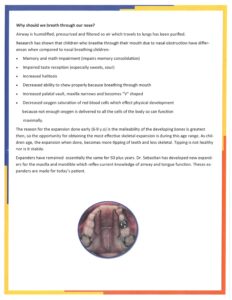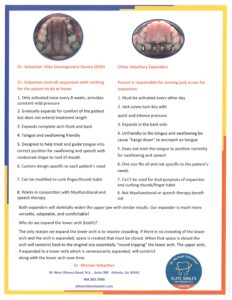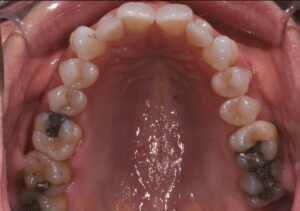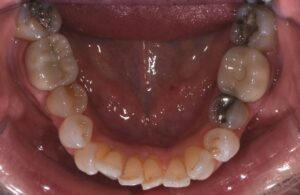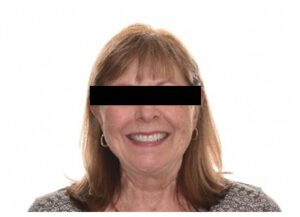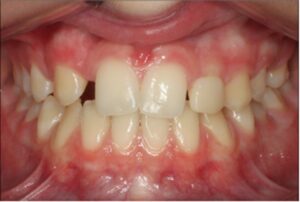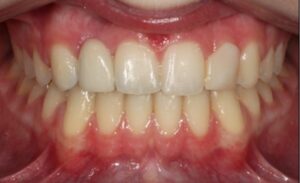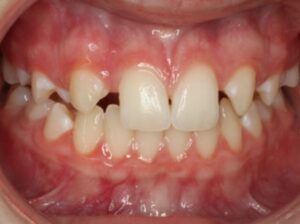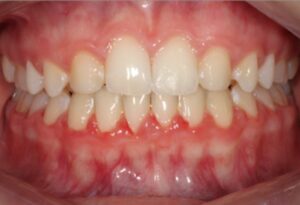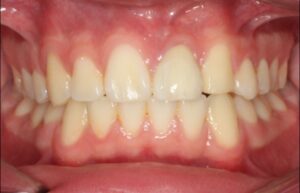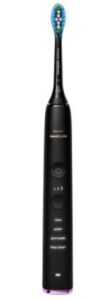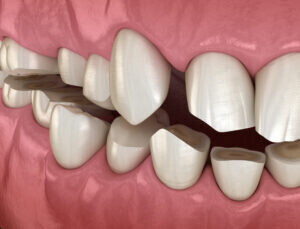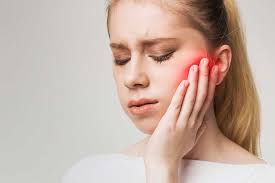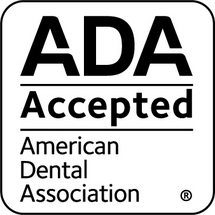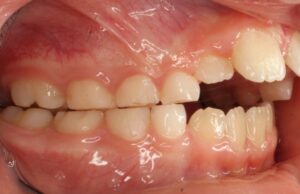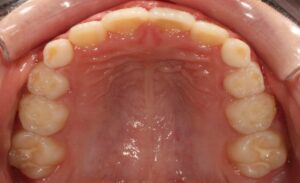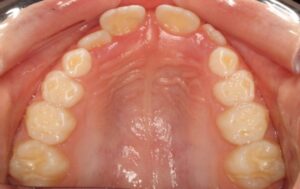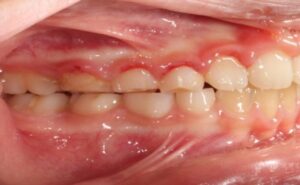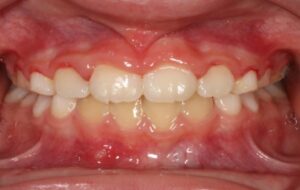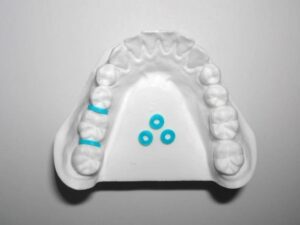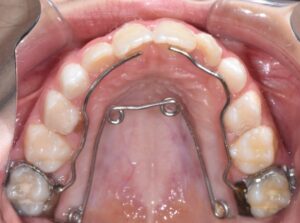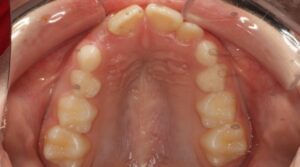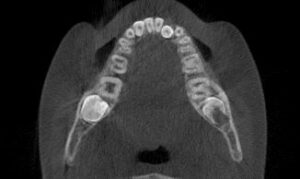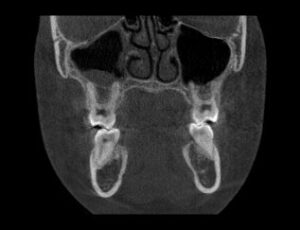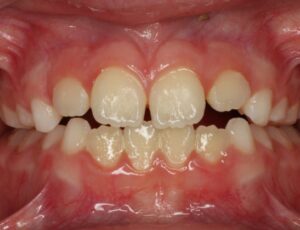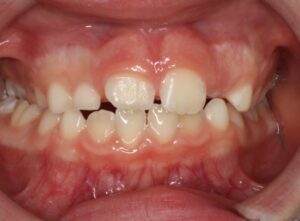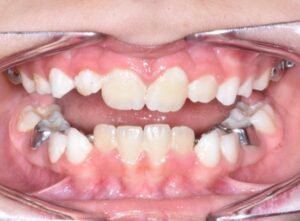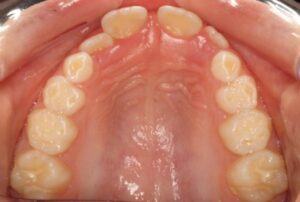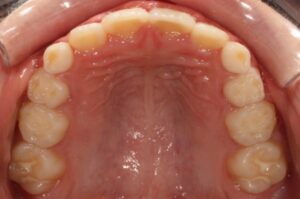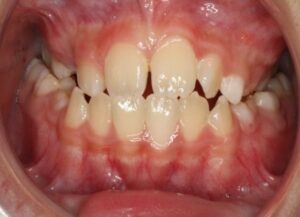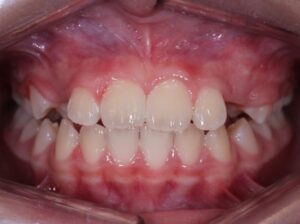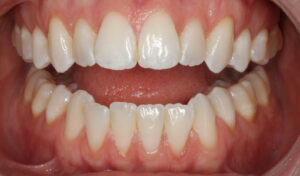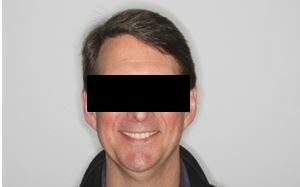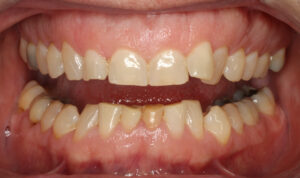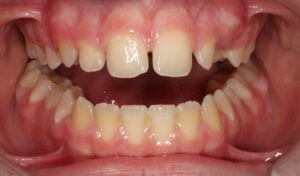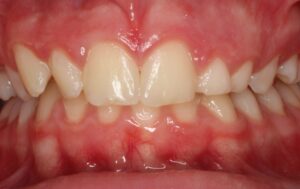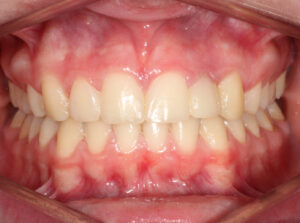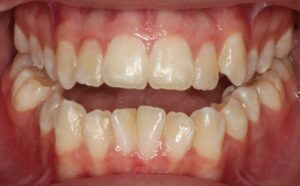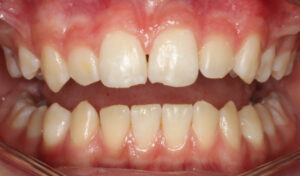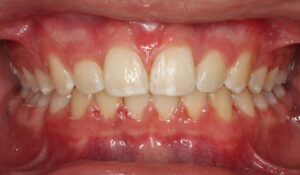We all need some sun exposure; it's our primary source of vitamin D, which helps us absorb calcium for stronger, healthier bones. But it doesn't take much time in the sun for most people to get the vitamin D they need, and repeated unprotected exposure to the sun's ultraviolet rays can cause skin damage, eye damage, immune system suppression, and skin cancer. Even people in their twenties can develop skin cancer.
Most kids rack up a lot of their lifetime sun exposure before age 18, so it's important that parents teach their children how to enjoy fun in the sun safely. With the right precautions, you can greatly reduce your child's chance of developing skin cancer.
Facts About Sun Exposure
The sun radiates light to the earth, and part of that light consists of invisible ultraviolet (UV) rays. When these rays reach the skin, they cause tanning, burning, and other skin damage.
Sunlight contains three types of ultraviolet rays: UVA, UVB, and UVC.
1.UVA rays cause skin aging and wrinkling and contribute to skin cancer, such as melanoma. Because UVA rays pass effortlessly through the ozone layer (the protective layer of atmosphere, or shield, surrounding the earth), they make up the majority of our sun exposure. Beware of tanning beds because they use UVA rays as well as UVB rays. A UVA tan does not help protect the skin from further sun damage; it merely produces color and a false sense of protection from the sun.
2.UVB rays are also dangerous, causing sunburns, cataracts (clouding of the eye lens), and effects on the immune system. They also contribute to skin cancer. Melanoma, the most dangerous form of skin cancer, is thought to be associated with severe UVB sunburns that occur before the age of 20. Most UVB rays are absorbed by the ozone layer, but enough of these rays pass through to cause serious damage.
3.UVC rays are the most dangerous, but fortunately, these rays are blocked by the ozone layer and don't reach the earth.
What's important is to protect your family from exposure to UVA and UVB, the rays that cause skin damage.
Melanin: The Body's First Line of Defense
UV rays react with a chemical called melanin that's found in skin. Melanin is the first defense against the sun because it absorbs dangerous UV rays before they do serious skin damage. Melanin is found in different concentrations and colors, resulting in different skin colors. The lighter someone's natural skin color, the less melanin it has to absorb UV rays and protect itself. The darker a person's natural skin color, the more melanin it has to protect itself. (But both dark- and light-skinned kids need protection from UV rays because any tanning or burning causes skin damage.)
Also, anyone with a fair complexion — lighter skin and eye color — is more likely to have freckles because there's less melanin in the skin. Although freckles are harmless, being outside in the sun may help cause them or make them darker.
As the melanin increases in response to sun exposure, the skin tans. But even that "healthy" tan may be a sign of sun damage. The risk of damage increases with the amount and intensity of exposure. Those who are chronically exposed to the sun, such as farmers, boaters, and sunbathers, are at much greater risk. A sunburn develops when the amount of UV exposure is greater than what can be protected against by the skin's melanin.
Unprotected sun exposure is even more dangerous for kids with:
•moles on their skin (or whose parents have a tendency to develop moles)
•very fair skin and hair
•a family history of skin cancer, including melanoma
You should be especially careful about sun protection if your child has one or more of these high-risk characteristics.
Also, not all sunlight is "equal" in UV concentration. The intensity of the sun's rays depends upon the time of year, as well as the altitude and latitude of your location. UV rays are strongest during summer. Remember that the timing of this season varies by location; if you travel to a foreign country during its summer season, you'll need to pack the strongest sun protection you can find.
Extra protection is also required near the equator, where the sun is strongest, and at high altitudes, where the air and cloud cover are thinner, allowing more damaging UV rays to get through the atmosphere. Even during winter months, if your family goes skiing in the mountains, be sure to apply plenty of sunscreen; UV rays reflect off both snow and water, increasing the probability of sunburn.
With the right precautions, kids can safely play in the sun. Here are the most effective strategies:
Avoid the Strongest Rays of the Day
First, seek shade when the sun is at its highest overhead and therefore strongest (usually 10 a.m. until 4 p.m. in the northern hemisphere). If kids must be in the sun between these hours, be sure to apply and reapply protective sunscreen — even if they're just playing in the backyard. Most sun damage occurs as a result of incidental exposure during day-to-day activities, not at the beach.
Even on cloudy, cool, or overcast days, UV rays travel through the clouds and reflect off sand, water, and even concrete. Clouds and pollution don't filter out UV rays, and they can give a false sense of protection. This "invisible sun" can cause unexpected sunburn and skin damage. Often, kids are unaware that they're developing a sunburn on cooler or windy days because the temperature or breeze keeps skin feeling cool on the surface.
Make sure your kids don't use tanning beds at any time, even to "prepare" for a trip to a warm climate. Both UVA and UVA/UVB tanning beds produce sunburn. And there is an increase in the risk of melanoma in people who have used tanning beds before the age of 35.
Cover Up
One of the best ways to protect your family from the sun is to cover up and shield skin from UV rays. Ensure that clothes will screen out harmful UV rays by placing your hand inside the garments and making sure you can't see it through them.
Because infants have thinner skin and underdeveloped melanin, their skin burns more easily than that of older kids. But sunscreen should not be applied to babies under 6 months of age, so they absolutely must be kept out of the sun whenever possible. If your infant must be in the sun, dress him or her in clothing that covers the body, including hats with wide brims to shadow the face. Use an umbrella to create shade.
Even older kids need to escape the sun. For all-day outdoor affairs, bring along a wide umbrella or a pop-up tent to play in. If it's not too hot outside and won't make kids even more uncomfortable, have them wear light long-sleeved shirts and/or long pants. Before heading to the beach or park, call ahead to find out if certain areas offer rentals of umbrellas, tents, and other sun-protective gear.
Use Sunscreen Consistently
Lots of good sunscreens are available for kids, including formulations for sensitive skin, brands with fun scents like watermelon, long-lasting waterproof and sweat-proof versions, and easy-application varieties in spray bottles.
What matters most in a sunscreen is the degree of protection from UV rays it provides. When faced with the overwhelming sea of sunscreen choices at drugstores, concentrate on the SPF (sun protection factor) numbers on the labels.
For kids age 6 months and older, select an SPF of 30 or higher to prevent both sunburn and tanning. Choose a sunscreen that states on the label that it protects against both UVA and UVB rays (referred to as "broad-spectrum" sunscreen). In general, sunscreens provide better protections against UVB rays than UVA rays, making signs of skin aging a risk even with consistent use of sunscreen. To avoid possible skin allergy, don't use sunscreens with PABA; if your child has sensitive skin, look for a product with the active ingredient titanium dioxide (a chemical-free block).
To get a tanned appearance, teens might try self-tanning lotions. These offer an alternative to ultraviolet exposure, but only minimal (or no) protection from UV light.
For sunscreen to do its job, it must be applied correctly. Be sure to:
•Apply sunscreen whenever kids will be in the sun.
•Apply sunscreen about 15 to 30 minutes before kids go outside so that a good layer of protection can form. Don't forget about lips, hands, ears, feet, shoulders, and behind the neck. Lift up bathing suit straps and apply sunscreen underneath them (in case the straps shift as a child moves).
•Don't try to stretch out a bottle of sunscreen; apply it generously.
•Reapply sunscreen often, approximately every 2 hours, as recommended by the American Academy of Dermatology. Reapply after a child has been sweating or swimming.
•Apply a waterproof sunscreen if kids will be around water or swimming. Water reflects and intensifies the sun's rays, so kids need protection that lasts. Waterproof sunscreens may last up to 80 minutes in the water, and some are also sweat- and rub-proof. But regardless of the waterproof label, be sure to reapply sunscreen when kids come out of the water.
Keep in mind that every child needs extra sun protection. The American Academy of Dermatology recommends that all kids — regardless of their skin tone — wear sunscreen with an SPF of 30 or higher. Although dark skin has more protective melanin and tans more easily than it burns, remember that tanning is also a sign of sun damage. Dark-skinned kids also can develop painful sunburns.
Use Protective Eyewear for Kids
Sun exposure damages the eyes as well as the skin. Even 1 day in the sun can result in a burned cornea (the outermost, clear membrane layer of the eye). Cumulative exposure can lead to cataracts (clouding of the eye lens, which leads to blurred vision) later in life. The best way to protect eyes is to wear sunglasses.
Not all sunglasses provide the same level of ultraviolet protection; darkened plastic or glass lenses without special UV filters just trick the eyes into a false sense of safety. Purchase sunglasses with labels ensuring that they provide 100% UV protection.
But not all kids enjoy wearing sunglasses, especially the first few times. To encourage them to wear them, let kids select a style they like — many manufacturers make fun, multicolored frames or ones embossed with cartoon characters. And don't forget that kids want to be like grown-ups. If you wear sunglasses regularly, your kids may be willing to follow your example. Providing sunglasses early in childhood will encourage the habit of wearing them in the future.
Double-Check Medications
Some medications increase the skin's sensitivity to UV rays. As a result, even kids with skin that tends not to burn easily can develop a severe sunburn in just minutes when taking certain medications. Fair-skinned kids, of course, are even more vulnerable.
Ask your doctor or pharmacist if any prescription (especially antibiotics and acne medications) and over-the-counter medications your child is taking can increase sun sensitivity. If so, always take extra sun precautions. The best protection is simply covering up or staying indoors; even sunscreen can't always protect skin from sun sensitivity caused by medications.
If Your Child Gets a Sunburn
A sunburn can sneak up on kids, especially after a long day at the beach or park. Often, they seem fine during the day but then gradually develop an "after-burn" later that evening that can be painful and hot and even make them feel sick.
When kids get sunburned, they usually experience pain and a sensation of heat — symptoms that tend to become more severe several hours after sun exposure. Some also develop chills. Because the sun has dried their skin, it can become itchy and tight. Sunburned skin begins to peel about a week after the sunburn. Encourage your child not to scratch or peel off loose skin because skin underneath the sunburn is vulnerable to infection.
If your child does get a sunburn, these tips may help:
•Have your child take a cool (not cold) bath, or gently apply cool, wet compresses to the skin to help alleviate pain and heat.
•To ease discomfort, apply pure aloe vera gel (available in most pharmacies) to any sunburned areas.
•Give your child an anti-inflammatory medication like ibuprofen or use acetaminophen to lessen the pain and itching. (Do not, however, give aspirin to children or teens.) Over-the-counter diphenhydramine may also help reduce itching and swelling.
•Apply topical moisturizing cream to rehydrate the skin and treat itching. For the more seriously sunburned areas, apply a thin layer of 1% hydrocortisone cream to help with pain. (Do not use petroleum-based products, because they prevent excess heat and sweat from escaping. Also, avoid first-aid products that contain benzocaine, which may cause skin irritation or allergy.)
If the sunburn is severe and blisters develop, call your doctor. Until you can see your doctor, tell your child not to scratch, pop, or squeeze the blisters, which can become easily infected and can result in scarring. Keep your child in the shade until the sunburn is healed. Any additional sun exposure will only increase the severity of the burn and increase pain.
Be Sun Safe Yourself
Don't forget: Be a good role model by consistently wearing sunscreen with SPF 30 or greater, using sunglasses, and limiting your time in the sun. These preventive behaviors not only reduce your risk of sun damage, but teach your kids good sun sense.
Reviewed by: Kate M. Cronan, MD
Date reviewed: August 2010
Note: All information on KidsHealth® is for educational purposes only. For specific medical advice, diagnoses, and treatment, consult your doctor.
© 1995-2013 The Nemours Foundation. All rights reserved.




